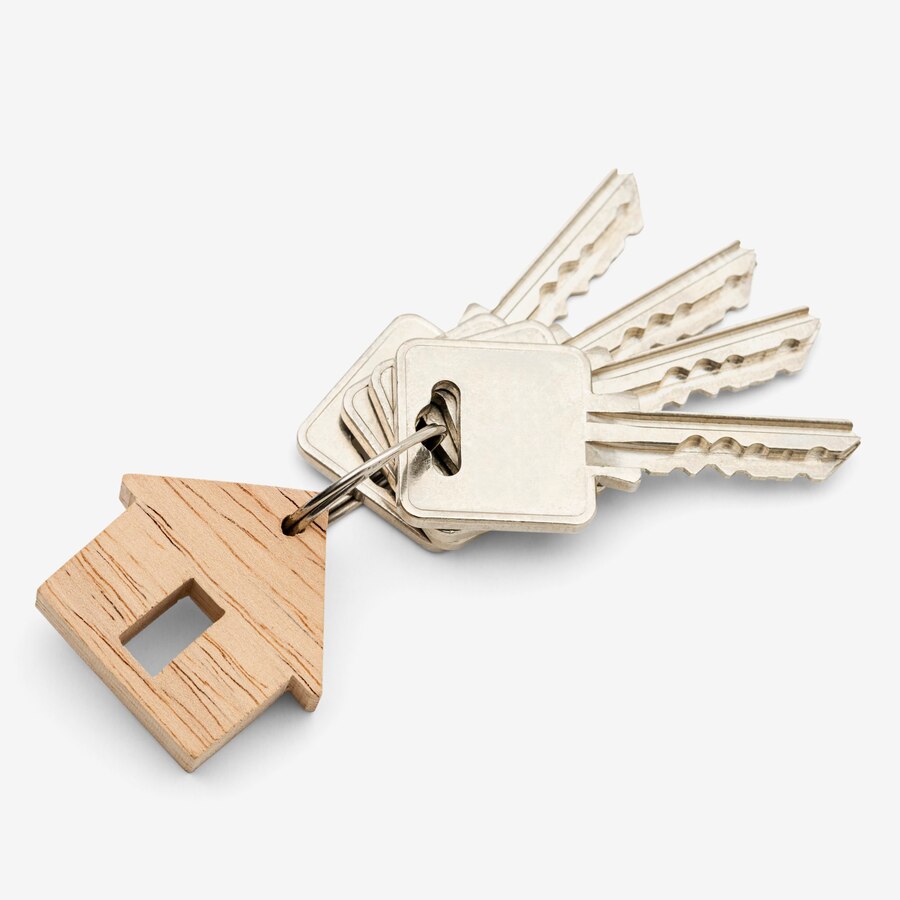Overview
Dreaming of owning a second home is exhilarating. Whether it’s a cozy cabin nestled in the woods, a beachfront retreat, or a chic urban apartment, the prospect of having a getaway spot to call your own is undeniably appealing. However, turning that dream into reality involves navigating through a maze of challenges, particularly when it comes to securing a mortgage for a second home.
One of the first hurdles to overcome is understanding the financial implications. Purchasing a second home is a significant investment that requires careful consideration of your current financial situation and long-term goals. Unlike primary residences, second homes are often considered luxury items by lenders, which can affect the terms of your mortgage.
Criteria
The lending criteria for second homes are typically stricter than those for primary residences. Lenders scrutinize your financial stability more closely, looking at factors such as credit score, debt-to-income ratio, and available assets. Expect to provide detailed financial documentation, including tax returns, bank statements, and proof of income.
Creditworthiness plays a pivotal role in the mortgage approval process. Lenders prefer borrowers with solid credit histories and high credit scores. A pristine credit record demonstrates your ability to manage debt responsibly, which reassures lenders of your ability to repay the mortgage.
Another crucial factor is your debt-to-income (DTI) ratio, which compares your monthly debt payments to your gross monthly income. Lenders typically prefer a DTI ratio below 43% for conventional mortgages, although some may accept higher ratios under certain circumstances. Minimizing your existing debt and maximizing your income can improve your DTI ratio and increase your chances of mortgage approval.
Down payment requirements for second homes are also higher compared to primary residences. While you may be able to secure a mortgage with as little as a 3% down payment for your primary home, second home loans often require a down payment of at least 10% to 20% of the purchase price. A larger down payment not only reduces the lender’s risk but also demonstrates your commitment to the investment.
Once you’ve cleared the financial hurdles, it’s time to consider the type of mortgage that best suits your needs. Conventional mortgages, offered by banks and mortgage lenders, are a popular choice for financing second homes. These loans typically have fixed or adjustable interest rates and require a down payment of at least 10%.
Government Backed Loans
Another option is a government-backed loan, such as those offered by the Federal Housing Administration (FHA) or the Department of Veterans Affairs (VA). FHA loans are available to borrowers with lower credit scores and require a down payment of as little as 3.5%. VA loans, on the other hand, are exclusively available to eligible veterans, active-duty service members, and their spouses, offering competitive interest rates and no down payment requirement.
In addition to the type of mortgage, you’ll need to decide between a fixed-rate and adjustable-rate mortgage (ARM). With a fixed-rate mortgage, your interest rate remains constant throughout the loan term, providing stability and predictability in your monthly payments. In contrast, an ARM initially offers a lower interest rate that adjusts periodically based on market conditions, potentially leading to higher payments in the future.
Choosing the right mortgage lender is equally important. While traditional banks and credit unions are common choices, don’t overlook online lenders and mortgage brokers who may offer competitive rates and more personalized service. Shop around and compare offers from multiple lenders to ensure you’re getting the best deal possible.
It’s also worth considering the tax implications of owning a second home. Mortgage interest on a second home is tax-deductible, provided that the combined mortgage debt on both your primary and secondary residences does not exceed certain limits set by the IRS. Additionally, rental income from your second home may be subject to taxes, depending on how often you rent it out and for how long.
Insurance is another critical aspect of second homeownership. In addition to homeowners insurance, which protects against property damage and liability, you may need additional coverage such as flood insurance or earthquake insurance, depending on the location of your second home. Shop around for insurance quotes and make sure you’re adequately covered.
Finally, don’t forget about ongoing expenses such as maintenance, utilities, and property taxes. Owning a second home comes with additional costs beyond the mortgage payment, so it’s essential to budget accordingly and plan for unforeseen expenses.
Conclusion
In conclusion, securing a mortgage for a second home can be a complex process with its own set of challenges. By understanding the financial requirements, exploring your mortgage options, and planning for ongoing expenses, you can turn your dream of owning a second home into a reality. With careful preparation and perseverance, you’ll soon be enjoying your very own piece of paradise.

